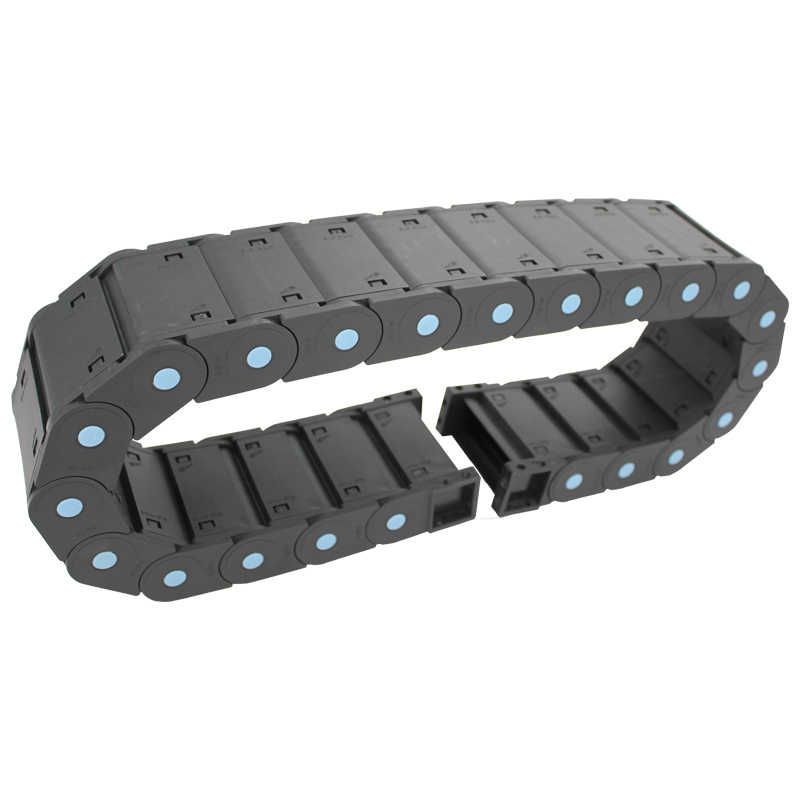synchronous belt vs v belt
Synchronous Belt vs. V-Belt A Comprehensive Comparison
When it comes to power transmission in machinery, the choice of belt is crucial for efficiency and performance. Two of the most commonly used types of belts are synchronous belts and V-belts. Each has its unique design and operational characteristics that cater to different applications. In this article, we will explore the key differences, advantages, and disadvantages of synchronous belts and V-belts, helping you make an informed decision for your specific needs.
Synchronous Belts
Synchronous belts, also known as timing belts, are designed with teeth that fit into the grooves of the pulleys. This tooth engagement allows for precise positioning and timing, making them ideal for applications where synchronization is critical, such as in automotive engines and robotic systems. The primary advantage of synchronous belts is their ability to transmit power without slippage, ensuring that the input and output shafts maintain a perfect synchronized relationship. This is particularly important in applications that require accurate timing.
Additionally, synchronous belts tend to be quieter and can handle higher speeds and loads compared to V-belts. They are also less prone to wear and tear, resulting in a longer service life when properly maintained. However, one downside is that synchronous belts can be more expensive upfront and may require specific pulley designs for optimal functioning.
V-Belts
synchronous belt vs v belt

V-belts, on the other hand, are named for their trapezoidal shape. They operate by wedging into the grooves of pulleys, which creates friction and allows for power transmission. V-belts have been the traditional choice in many industrial and automotive applications due to their simplicity and versatility. One of their main advantages is that they are generally more affordable than synchronous belts, making them an attractive option for cost-sensitive projects.
Despite their advantages, V-belts come with some limitations. They are more likely to slip, particularly under heavy loads or in misaligned applications, which can lead to decreased performance and increased wear. This can be mitigated through tension adjustments and regular maintenance, but it does require more oversight than synchronous belts. Additionally, V-belts are not ideal for high-speed applications where precise timing is essential.
Choosing the Right Belt
The choice between a synchronous belt and a V-belt ultimately depends on the specific requirements of the application. If you need precise timing, high speed, and minimal slippage, a synchronous belt is likely the better option. On the other hand, if your application is more general and cost is a significant factor, a V-belt may suffice.
In conclusion, both synchronous belts and V-belts have their strengths and weaknesses, and understanding these differences is key to optimal machinery performance. Whether you prioritize precision and longevity or versatility and cost-effectiveness, evaluating the specific demands of your application will guide you to the right choice.








